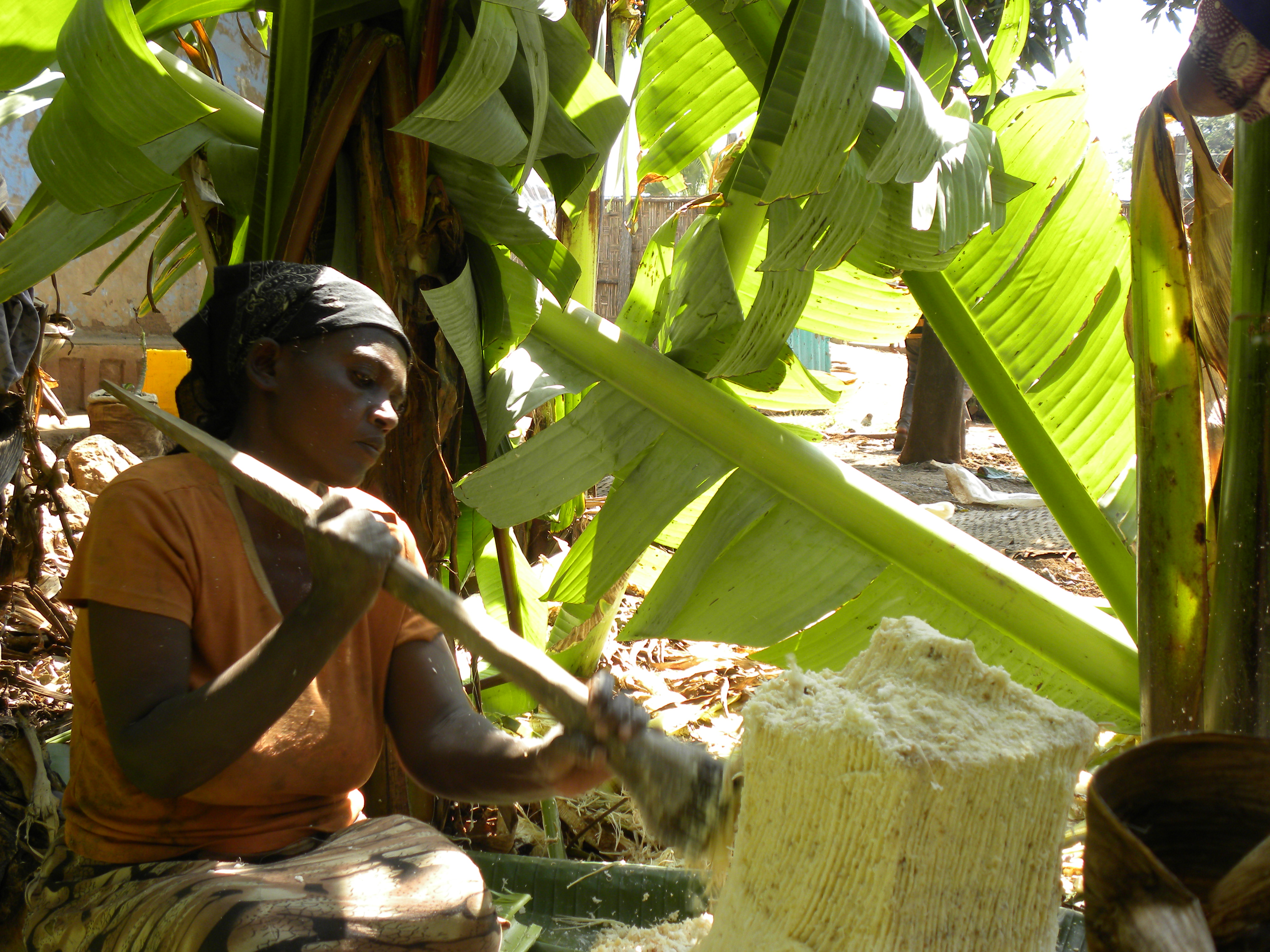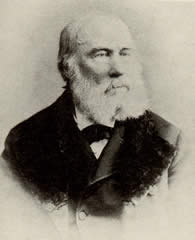|
Enset
''Ensete ventricosum'', commonly known as enset or ensete, Ethiopian banana, Abyssinian banana, pseudo-banana, false banana and wild banana, is an herbaceous species of flowering plant in the banana family Musaceae. The domesticated form of the plant is cultivated only in Ethiopia, where it provides the staple food for approximately 20 million people. The name ''Ensete ventricosum'' was first published in the Kew Bulletin 1947, p. 101. Its synonyms include ''Musa arnoldiana'' De Wild., ''Musa ventricosa'' Welw. and ''Musa ensete'' J. F. Gmelin. In its wild form, it is native to the eastern edge of the Great African Plateau, extending northwards from South Africa through Mozambique, Zimbabwe, Malawi, Kenya, Uganda and Tanzania to Ethiopia, and west to the Congo, being found in high-rainfall forests on mountains, and along forested ravines and streams. Description Like bananas, ''Ensete ventricosum'' is a large non-woody plant—a gigantic monocarpic evergreen perennial ... [...More Info...] [...Related Items...] OR: [Wikipedia] [Google] [Baidu] |
Gurage
The Gurage (, Gurage: ጉራጌ) are a Semitic-speaking ethnic group inhabiting Ethiopia.G. W. E. Huntingford, "William A. Shack: The Gurage: a people of the ensete culture" They inhabit the Gurage Zone, a fertile, semi-mountainous region in central Ethiopia, about 125 kilometers southwest of Addis Ababa, bordering the Awash River in the north, the Gibe River, a tributary of the Omo River, to the southwest, and Hora-Dambal in the east. According to the 2007 Ethiopian national census the Gurage can also be found in large numbers in Addis Ababa, Oromia Region, Dire Dawa, Harari Region, Somali Region, Amhara Region, Gambela Region, Benishangul-Gumuz Region, and Tigray Region. History According to the historian Paul B. Henze, the Gurage origin is explained by traditions of a military expedition to the south during the last years of the Kingdom of Aksum, which left military colonies that eventually became isolated from both northern Ethiopia and each other. However other historia ... [...More Info...] [...Related Items...] OR: [Wikipedia] [Google] [Baidu] |
Banana
A banana is an elongated, edible fruit – botanically a berry – produced by several kinds of large herbaceous flowering plants in the genus ''Musa''. In some countries, bananas used for cooking may be called "plantains", distinguishing them from dessert bananas. The fruit is variable in size, color, and firmness, but is usually elongated and curved, with soft flesh rich in starch covered with a rind, which may be green, yellow, red, purple, or brown when ripe. The fruits grow upward in clusters near the top of the plant. Almost all modern edible seedless ( parthenocarp) bananas come from two wild species – ''Musa acuminata'' and ''Musa balbisiana''. The scientific names of most cultivated bananas are ''Musa acuminata'', ''Musa balbisiana'', and ''Musa'' × ''paradisiaca'' for the hybrid ''Musa acuminata'' × ''M. balbisiana'', depending on their genomic constitution. The old scientific name for this hybrid, ''Musa sapientum'', is no longer used. ''Musa ... [...More Info...] [...Related Items...] OR: [Wikipedia] [Google] [Baidu] |
Musaceae
Musaceae is a family of flowering plants composed of three genera with about 91 known species, placed in the order Zingiberales. The family is native to the tropics of Africa and Asia. The plants have a large herbaceous growth habit with leaves with overlapping basal sheaths that form a pseudostem making some members appear to be woody trees. In most treatments, the family has three genera, '' Musella'', ''Musa'' and ''Ensete''. Cultivated bananas are commercially important members of the family, and many others are grown as ornamental plants. Taxonomy The family has been practically universally recognized by taxonomists, although with differing circumscriptions. Older circumscriptions of the family commonly included the genera now included in Heliconiaceae and Strelitziaceae. The APG III system, of 2009 (unchanged from the APG system, 1998), assigns Musaceae to the order Zingiberales in the clade commelinids in the monocots. Genera As currently circumscribed the family in ... [...More Info...] [...Related Items...] OR: [Wikipedia] [Google] [Baidu] |
Ernest Entwistle Cheesman
Ernest Entwistle Cheesman (21 September 1898 Wood Green - 9 January 1983 Weybridge), was an English botanist noted for his work on the family Musaceae. He was the son of Charles Cheesman and Grace Lizzie Davies. About August 1936 he married Ellen Elizabeth B. Weston (1892-1966). Cheesman collected in Trinidad and Tobago in 1925-1937, working as professor of botany at the Trinidad ''Imperial College of Tropical Agriculture'' and publishing ''Flora of Trinidad and Tobago'' with R. O. Williams in 1929. He became interested in the cultivation of cocoa while in Trinidad and wrote a number of papers on the subject - *Cheesman E.E. 1935. ''The vegetative propagation of cocoa.'' Tropical Agriculture 12(9): 240-246. *Cheesman E.E. 1936. ''The vegetative propagation of cocoa. VII.- Root systems of cuttings.'' Page 7, plates 3 & 4 in Fifth Annual Report on Cocoa Research 1935, Trinidad. *Cheesman E.E. 1941. ''General notes on field experiments CRB1 to CRB6.'' Pages 4–11 in Tenth Annual ... [...More Info...] [...Related Items...] OR: [Wikipedia] [Google] [Baidu] |
Root Crop
Root vegetables are underground plant parts eaten by humans as food. Although botany distinguishes true roots (such as taproots and tuberous roots) from non-roots (such as bulbs, corms, rhizomes, and tubers, although some contain both hypocotyl and taproot tissue), the term "root vegetable" is applied to all these types in agricultural and culinary usage (see terminology of vegetables). Potatoes are technically tubers, not roots, and sweet potatoes are tuberous roots. Root vegetables are generally storage organs, enlarged to store energy in the form of carbohydrates. They differ in the concentration and the balance among starches, sugars, and other types of carbohydrate. Of particular economic importance are those with a high carbohydrate concentration in the form of starch; starchy root vegetables are important staple foods, particularly in tropical regions, overshadowing cereals throughout much of Central Africa, West Africa and Oceania, where they are used directly or mashed t ... [...More Info...] [...Related Items...] OR: [Wikipedia] [Google] [Baidu] |
Sidama
The Sidama ( am, ሲዳማ) are an ethnic group traditionally inhabiting the Sidama Region, formerly part of the Southern Nations, Nationalities, and Peoples' Region of Ethiopia. On 23 November 2019, the Sidama Zone became the 10th regional state in Ethiopia after a zone-wide referendum. They speak the Sidama language, which is a language of the Cushitic branch of the Afroasiatic language family. Despite their large numbers, the Sidama lacked a separate ethnic regional state until continuous protests resulted in the proposal being voted on in a November 2019 referendum. History In historical writings on the Sidama there is certain confusion on who the Sidama were and which areas should be defined as theirs. This group was called the Sidamo cluster in early writings, and the name "Sidamo" was used as a collective for all Cushitic and Omotic people of southwest Ethiopia. The Sidama people were thought to have originally lived in the historical province of Bali around the Dawa R ... [...More Info...] [...Related Items...] OR: [Wikipedia] [Google] [Baidu] |
Binomial Nomenclature
In taxonomy, binomial nomenclature ("two-term naming system"), also called nomenclature ("two-name naming system") or binary nomenclature, is a formal system of naming species of living things by giving each a name composed of two parts, both of which use Latin grammatical forms, although they can be based on words from other languages. Such a name is called a binomial name (which may be shortened to just "binomial"), a binomen, name or a scientific name; more informally it is also historically called a Latin name. The first part of the name – the '' generic name'' – identifies the genus to which the species belongs, whereas the second part – the specific name or specific epithet – distinguishes the species within the genus. For example, modern humans belong to the genus ''Homo'' and within this genus to the species ''Homo sapiens''. ''Tyrannosaurus rex'' is likely the most widely known binomial. The ''formal'' introduction of this system of naming species is credit ... [...More Info...] [...Related Items...] OR: [Wikipedia] [Google] [Baidu] |
Richard Pankhurst (academic)
Richard Keir Pethick Pankhurst OBE (3 December 1927 – 16 February 2017) was a British-Ethiopian scholar, founding member of the Institute of Ethiopian Studies, and former professor at the University of Addis Ababa in Ethiopia. His books have been reviewed in scholarly journals, with Edward Ullendorff calling his ''The Ethiopians'' as another testimony to his "remarkable diligence and industry in the service of Ethiopian studies". He is known for his research on economic history and socio-cultural studies on Ethiopia. Early life and education Pankhurst was born in 1927 in Woodford Green to left communist and former suffragette Sylvia Pankhurst and Italian anarchist Silvio Corio. His maternal grandparents were Emmeline and Richard Pankhurst. Pankhurst studied at Bancroft's School in Woodford, then at the London School of Economics, [...More Info...] [...Related Items...] OR: [Wikipedia] [Google] [Baidu] |
Walter Hood Fitch
Walter Hood Fitch (28 February 1817 – 1892) was a botanical illustrator, born in Glasgow, Scotland, who executed some 10,000 drawings for various publications. His work in colour lithograph, including 2700 illustrations for ''Curtis's Botanical Magazine'', produced up to 200 plates per year. Biography Fitch was involved in fabric printing from the age of 17 and took to botanical art after meeting William Jackson Hooker, Regius Professor of Botany, a competent botanical illustrator, and the editor of ''Curtis's Botanical Magazine''. Fitch's first lithograph of ''Mimulus roseus'' appeared in the Botanical Magazine in 1834, and he soon became its sole artist. In 1841 W.J. Hooker became director of Royal Botanic Gardens, Kew and Fitch moved to London. After 1841 Fitch was the sole artist for all official and unofficial publications issued by Kew; his work was paid for by Hooker personally. It was not unusual for him to work on several different publications simultaneously; he ... [...More Info...] [...Related Items...] OR: [Wikipedia] [Google] [Baidu] |
Jerónimo Lobo
Jerónimo Lobo (1595 – 29 January 1678) was a Portuguese Jesuit missionary. He took part in the unsuccessful efforts to convert Ethiopia from the native Ethiopian church to Roman Catholicism until the expulsion of the Jesuits in 1643. Afterwards he wrote an account of his time in Ethiopia, , which is an important source for the history and culture of that country. Life He was born in Lisbon the third of at least five sons and six daughters to Francisco Lobo da Gama, the Governor of Portuguese Cape Verde, and Maria Brandão de Vasconcelos. He entered the Order of Jesus at the age of 14. In 1621 he was ordained a priest and was ordered as a missionary to India, and after surviving an attack on the fleet carrying him by English and Dutch ships off Portuguese Mozambique a year later, he arrived at Goa in December 1622. With the intention of proceeding to Ethiopia, whose '' Nəgusä nägäst'' Susenyos I had been converted to Roman Catholicism by Pedro Páez, he left India ... [...More Info...] [...Related Items...] OR: [Wikipedia] [Google] [Baidu] |
Thyrse
A thyrse is a type of inflorescence in which the main axis grows indeterminately, and the subaxes (branches) have determinate growth.{{cite book , author1=Hickey, M., author2=King, C. , year=2001 , title=The Cambridge Illustrated Glossary of Botanical Terms , publisher=Cambridge University Press Gallery File:Syringa Leipzig 2011.jpg, ''Syringa'', lilac File:Banana Maria Sibylla Merian 1705 plate XII.png, The thyrse of a banana plant has side branches which become hands of bananas File:Vitex agnus-castus 002.JPG, The inflorescence of ''Vitex agnus-castus ''Vitex agnus-castus'', also called vitex, chaste tree (or chastetree), chasteberry, Abraham's balm, lilac chastetree, or monk's pepper, is a native of the Mediterranean region. It is one of the few temperate-zone species of '' Vitex'', which is ...'' has branches, each of which is a thyrse References Plant morphology ... [...More Info...] [...Related Items...] OR: [Wikipedia] [Google] [Baidu] |







